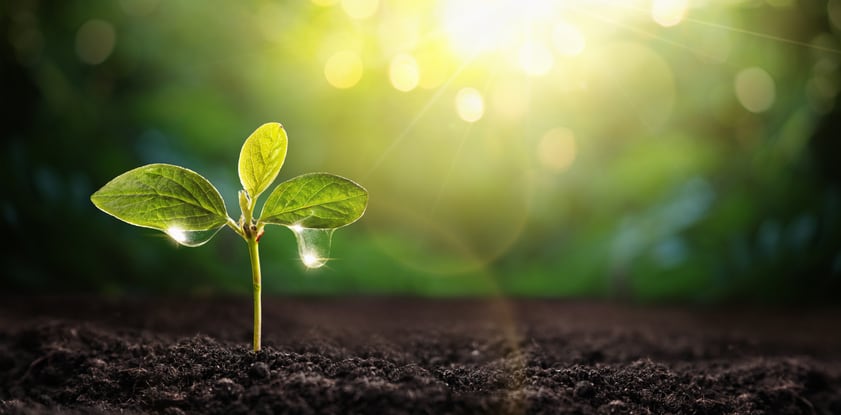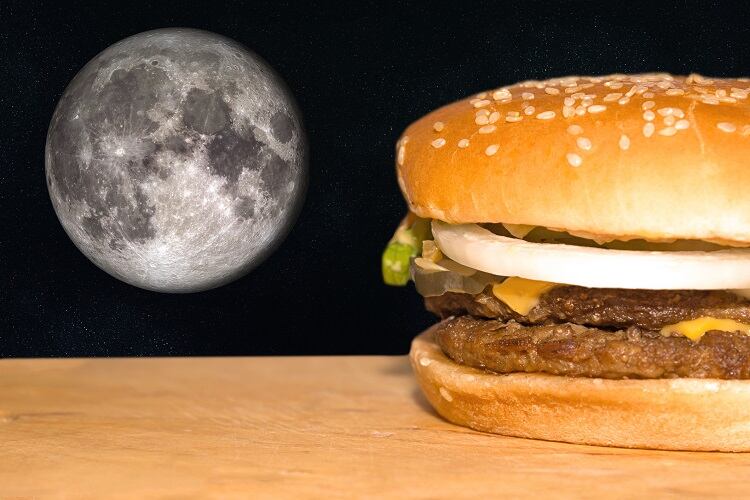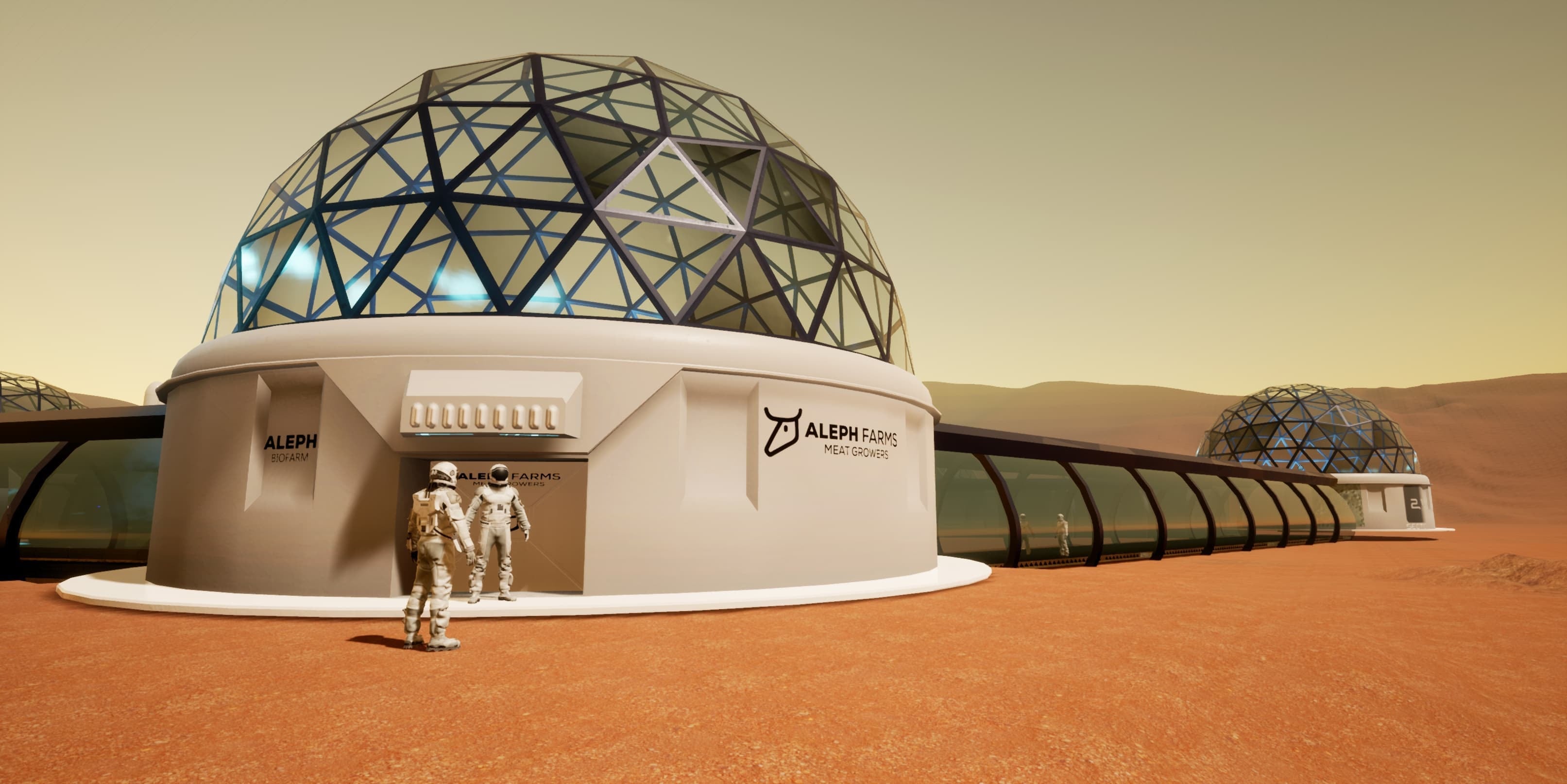Freeze dried survival food? Cultivated meat? What foods offer the potential to support mankind in its quest to colonize Mars and spread human life beyond Earth? A new study boldly claims that urine holds to the key to ensuring food sufficiency and self-sustenance to enable isolated colonies to survive even in the event of a catastrophic failure in provisioning.
Researchers from Tokyo University of Science aimed to address the problem of food production in closed environments, such as those in a space station. Realising that farmers have used animal waste as fertilizer for thousands of years, as a rich source of nitrogen, they investigated the possibility of manufacturing it from urea (the main component of urine), to make a liquid fertiliser.
They devised an electrochemical process to derive ammonium ions (commonly found in standard fertilisers) from an artificial urine sample.
Their experimental setup was simple: on one side, there was a reaction cell, with a boron-doped diamond (BDD) electrode and a light-inducible catalyst or 'photocatalyst' material made of titanium dioxide. On the other, there was a 'counter' cell with a simple platinum electrode. As current is passed into the reaction cell, urea is oxidized, forming ammonium ions.
The research team then examined whether the cell would be more efficient in the presence of the photocatalyst, by comparing the reaction of the cell with and without it. They found that while the initial depletion of urea was more or less the same, the nitrogen-based ions produced varied both in time and distribution when the photocatalyst was introduced. Notably, the concentration of nitrite and nitrate ions was not as elevated in the presence of the photocatalyst. This suggests that the presence of the photocatalyst promoted ammonium ion formation.
"We are planning to perform the experiment with actual urine samples, because it contains not only primary elements (phosphorus, nitrogen, potassium) but also secondary elements (sulfur, calcium, magnesium) that are vital for plant nutrition,” said Junior Associate Professor Norihiro Suzuki, who led the study.
Dr. Suzuki and his team are optimistic that this method provides a solid basis for the manufacture of liquid fertiliser in enclosed spaces. Dr. Suzuki observed: "It will turn out to be useful for sustaining long-term stay in extremely closed spaces such as space stations."
Source
‘Formation of ammonium ions by electrochemical oxidation of urea with a boron-doped diamond electrode’
New Journal of Chemistry




